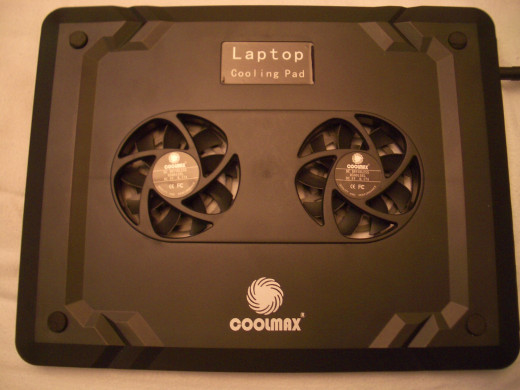What is a Laptop Cooling Pad?

In an era where everyone wants something portable the PC or Mac are taking a backseat to laptops, cell phones and other smaller handheld devices. With desktops it was rare that extra devices had to be used to keep the computer functional primarily because the cooling fans of a desktop are much more powerful than that of a laptop. The arrangement of hard drive, motherboard, and other components in a desktop computer are also much more spaced out. Within a laptop those same components can be made smaller but are often in contact with one another with little room for airflow. This can be an issue as a laptop can generate enough heat to damage these components. Over time the fan in the laptop may also be less efficient or clogged with dust and other particles which lowers the fans ability to keep the laptop cool. Although cleaning the fan location is possible many will choose to use a laptop cooling pad. These devices can cool the laptop and prevent system damage.
Types Of Cooling Pads
There are a few different types of laptop cooling pads from many different manufacturers.
Active Coolers - This type of cooling device is often placed beneath or at the back of the laptop and positioned so it can blow air into or pull air out of open vents. Thus either forcing cooler air into overheated areas or removing heat from the overheated area. These devices are usually powered by USB connection from the laptop but some may have power adapters. They may have fan adjustment controls or they may simply be set to a specific speed.
Passive Coolers - These types of coolers often have no power source they are pads filled with a liquid or made of specific material capable of conducting the heat away from the laptop. They often have a limited effect and suggested use is no longer than six hours, also you should make sure that your laptop doesn't have fans for cooling on the underside as they may be blocked by the pad. Some pads may be constructed with grooves or made to elevate the laptop thus making airflow much easier.
Multi-surface Cooler - This type of cooling system is a variation of the passive cooler but has elevation and space between cooler and the underside the laptop. Airflow is created between the laptop and pad itself cooling in two stages. This type is appropriate for just about any surface and is still able to keep the laptop cool.
Multi-purpose Cooler - This type can take on many forms and can be specifically made to help cool specific components of the laptop, hard drive, card readers etc. These can be quite bulky and not a realistic device to carry with you for use with the laptop. It is something that should be used when your laptop is stationary.
A few drawbacks to note when using are as follows:
- Cheaper cooling pads have a tendency to break quickly, fans become warped and pressure from a laptop sitting on it can cause parts to bend, crack or tear. It is true that you get what you pay for.
- Pads that get power from a USB port can be drawing more power than they should be causing power fluctuation in the laptop or issues with the USB port over time (this issue is often due to the pad being poorly made.)








